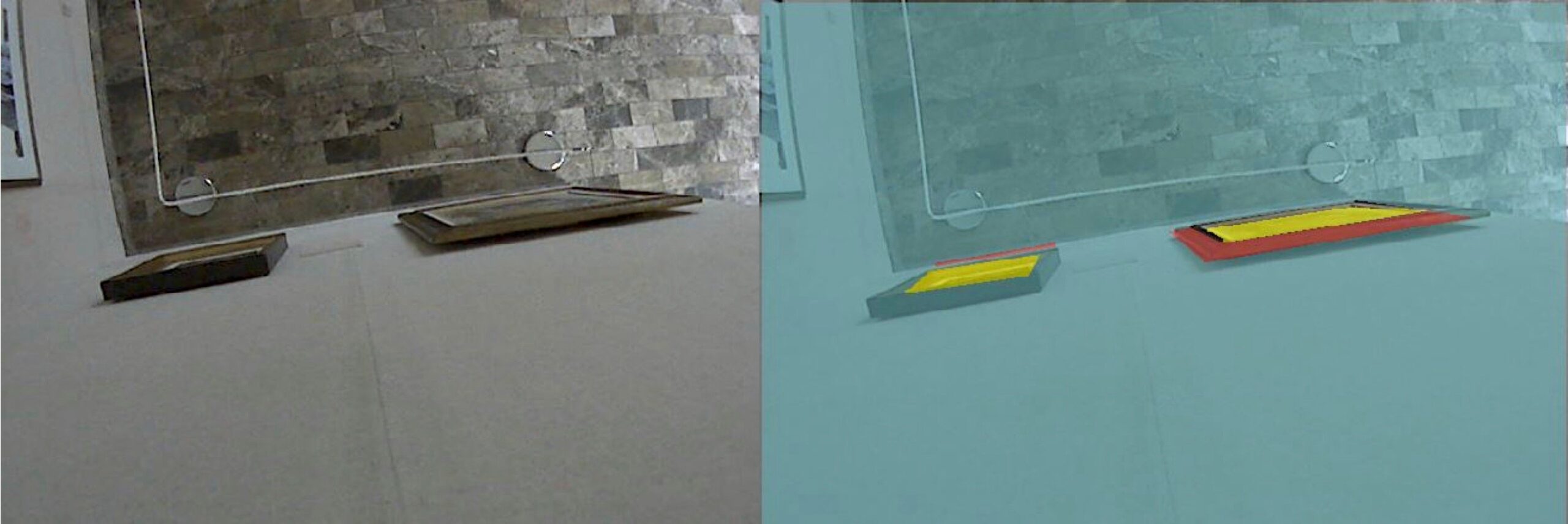Are you facing cost reductions which negatively impact your ability to protect your collection? Many museums are deploying Art Sentry technology as a force multiplier to fill this security gap.
Museums nationwide contribute approximately $50 billion to the U.S. economy annually and support 726,000 jobs in the United States alone. According to the U.S. Bureau of Labor Statistics, museums directly employ 372,100 individuals, more than double the professional sports industry. Studies have shown that museums provide key educational, cultural, and economic benefits for the communities they serve. Though the educational and cultural benefits are somewhat subjective, the positive economic impact is tangible.
A large percent of museum jobs are linked to the protection of its collection. With individual museums protecting hundreds of millions of dollars of rare artifacts, these staff positions are justifiable. However, the COVID-19 pandemic has created a new financial reality for museums and many are facing severe losses in revenue which require dramatic budget cuts. Since a large percentage of a museum’s staff is comprised of protection services personnel, this function has been the target for sizable reductions.
The Art Sentry system allows guards to cover more galleries resulting in dramatic museum cost savings. Here’s how it works. The system creates an invisible protection zone around valuable artifacts and collection pieces.
When a visitor disturbs the highlighted protection zones, an audible and/or visual alarm alerts the guest that they have violated a museum policy. Instantaneously, security in the command center is notified of the breach and they can contact the gallery guards to move to that area. Additionally, gallery guards can automatically be alerted with the location of the breach via text, iPhone, or pager. This provides object-level protection and immediately lets the visitor and museum staff know of security policy violations in the galleries.
“The System is like having multiple guards in the gallery at once.” Tim Main, Security Officer at the Detroit Institute of Art
With less guards needed to protect the collection; the expense of the system is quickly offset by the cost-savings it generates. Nevertheless, Art Sentry is mindful that in today’s climate, financial constraints are real. Therefore, we offer multiple deployment models which can be customized to a customer’s unique financial situation.
Post-implementation, museums have found that the protection of their collection is greatly enhanced. The system is “always on” and monitors each individual collection piece to prevent touches and damage. Prior installations consistently report 75x more touches to your collection than what is observed by guards alone – and when paired with audible alerts, the system prevents over 92% of all object touches. This proactive approach prevents damage to artwork before it happens.
In addition to improved protection and significant cost savings, the system has been shown to increase visitor experience scores and supply data and insights. This helps improve overall museum operations.
The improvement in visitor experience scores is accomplished by significantly reducing the stressful interactions between a visitor and the security staff. When someone gets too close to a collection piece, Art Sentry generates an audible alert providing a “private correction” of visitors. Since the audible alert is 100% objective, no judgement call is needed by the security personnel and visitors do not feel singled out or targeted based on their race, sex, national origin, or age. Additionally, without the burden of having to continually watch the art, guards can focus on other duties such as customer service, social distancing and visitor personal protection requirements. In turn, this provides a better overall visitor experience.
Finally, Art Sentry provides valuable data and insights which can be used within the museums operational groups to create efficiencies. Art Sentry clients use statistical and visual-event data to help modify art placement to reduce touches and manage risk. Museums also use the data to modify their security guard deployments to focus on securing the areas that need the most attention. This further increases the ability of the guards to be efficient and cover the galleries.
“The [Art Sentry] System has added several dimensions as to how we approach protection services…it’s changed the way we deploy our resources and the tactics we use.” Eric Drewry, Director of Protection Services-Detroit Institute of Art.
For over sixteen years, Art Sentry has specialized in leveraging technology to help their customer protect their collection in a cost-effective manner. The Company continues to work collaboratively with its museum and cultural customers to help solve their unique challenges. Both large and small museums have realized the savings of this proven technology which is already deployed in over 25% of America’s top museums. Many have been able to augment their security staff and benefited by using Art Sentry’s technology to make their staff more efficient and effective. In today’s environment with museums facing dramatic budget cuts and museum security staff reductions, the technology is being used as a force multiplier to fill this security shortfall.
Art Sentry is proven technology already deployed in 25% of America’s top museums.
Please contact us for a customized savings and cost estimate or for more information about our art security systems.


